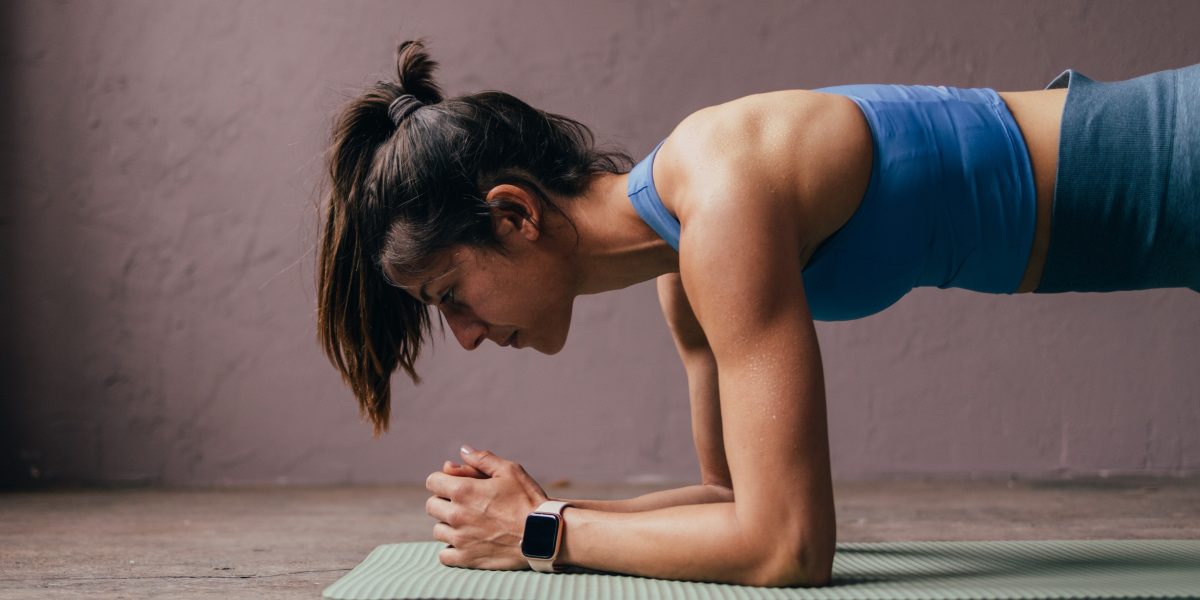You can read exercise directions, watch videos of the moves, and still feel like something isn’t quite right when you’re executing it on your own. Maybe your back feels funky, or your arms tire while your core seems suspiciously fresh, or the movement just appears way too clunky. Whatever’s going on, something is off.
You may feel ready to shelve a certain exercise when, suddenly, you hear a simple phrase that changes it all for you—an exercise cue that suddenly makes the whole thing click. By visualizing your body moving in a certain way or doing a certain thing, everything falls into place. You feel the correct muscles working, the aches disappear, and you feel ready to rep out a whole set on your own.
These cues are training gold because they help you strive toward proper form in a way that’s easy to understand, imagine, and visualize yourself. And that’s important, because maintaining proper form is key not only for making your workouts safer, but also for maximizing their effectiveness.
“Form is crucial to try to make sure that you turn on the right muscles at the right time,” physical therapist Kellen Scantlebury, DPT, CSCS, founder of Fit Club NY, tells SELF. For instance, having good form in a deadlift will ensure you’re utilizing the muscles that should be working—your glutes, back, and hamstrings—and thus reaping the full benefits of the movement.
Good form can be tricky to master, which is why many top trainers develop their own exercise cues or visualization tips to help get it across. An exercise cue may sound like a simple phrase, but it can make a really big difference in how you execute a move by helping you understand things like what you should be feeling in your body, where to focus your force, and which muscles should be firing.
We tapped Scantlebury and 10 other top trainers for the best exercise cues they use with their clients to really help them nail their form on some of the most common, foundational exercises. Read on for their favorite visualization cues, and how incorporating them can help you avoid some of the most common form mistakes that could be messing with your favorite moves.
1. Running
The mistake: You stare down at the ground while you stride.
What to visualize: Picture holding a baseball in the space between your chin and collarbone.
For new runners in particular, it’s really common to look at the ground as you stride “as a way to feel safe in a new activity,” Kaila DeRienzo, CPT, and certified run coach, tells SELF. “It’s also common for people to stare down at the numbers on the treadmill.” But good running form involves keeping your chin parallel to the ground, as that will reduce your chances of neck strain and upper back pain, and also keep an even flow of oxygen coming in, says DeRienzo. Envisioning a baseball under your chin can help ensure your neck and head are in the right positioning.
